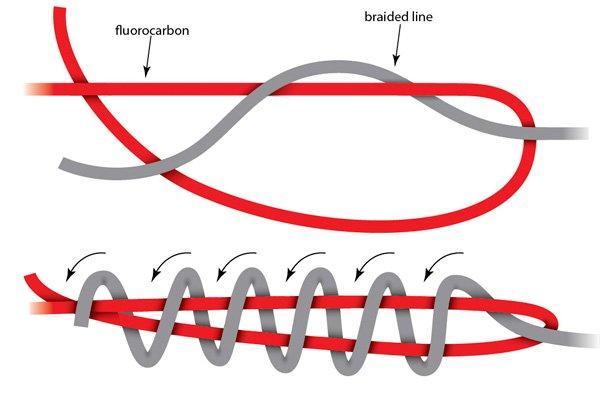Introduction
Fishing with best knots for fluorocarbon line is a popular choice among anglers for its excellent sensitivity, abrasion resistance, and invisibility underwater. However, using the wrong knot with fluorocarbon can result in weaker knots or even a line break. That’s why choosing the best knot for fluorocarbon is crucial for a successful and safe fishing experience.
In this article, we will discuss the best knots for fluorocarbon, including their strength, ease of tying, and applicability to different fishing scenarios.
The Importance of Using the Right Knot with Fluorocarbon
Before diving into the best knots for fluorocarbon, let’s first understand why using the right knot is essential. Fluorocarbon is a dense and stiff material compared to other fishing lines like monofilament. This makes it harder for the knot to penetrate and bind with the line.
Moreover, fluorocarbon has low stretch, which means it does not absorb shock as well as other lines. This makes the knot more prone to slippage or breakage if the fisherman does not tie it correctly. Thus, using the right knot can make a significant difference in the strength and reliability of the connection between the line and the hook or lure.

Best Knots for Fluorocarbon
There are numerous knots that work well with fluorocarbon. Here are some of the best knots for fluorocarbon and their characteristics:
1. Palomar Knot
The Palomar knot is a popular choice among anglers for its strength, simplicity, and versatility. It is easy to tie and can be used with different types of hooks and lures. Moreover, the Palomar knot retains almost 100% of the line’s strength, making it one of the strongest knots for fluorocarbon.
To tie a Palomar knot, double the line and pass it through the eye of the hook. Tie a simple overhand knot, but do not tighten it yet. Next, pass the loop over the hook, ensuring that the hook hangs inside the loop. Finally, tighten the knot and trim the excess line.
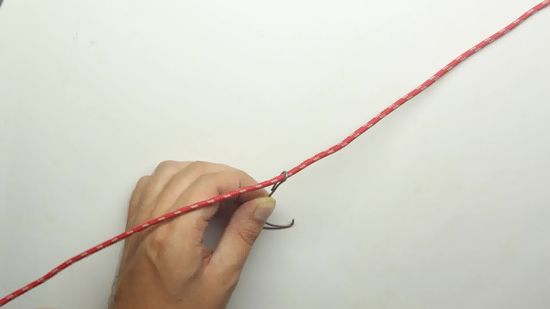
2. Improved Clinch Knot
The Improved Clinch knot is another popular knot for fluorocarbon that is easy to tie and works well with different types of hooks and lures. This knot is strong and reliable, with a retention of up to 90% of the line’s strength.
To tie an Improved Clinch knot, thread the line through the eye of the hook and wrap it around the line five to seven times. Pass the end of the line through the loop near the hook’s eye, then pass it through the big loop you created earlier. Finally, tighten the knot and trim the excess line.
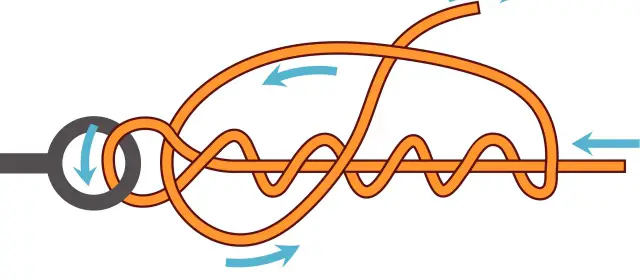
3. Uni Knot
The Uni knot is a versatile and strong knot that works well with fluorocarbon and other fishing lines. This knot is easy to tie and can be used for attaching the line to the hook, lure, or swivel. The Uni knot retains almost 100% of the line’s strength, making it one of the strongest knots for fluorocarbon.
To tie a Uni knot, pass the line through the eye of the hook and make a loop. Wrap the end of the line around the double line and through the loop four to six times. Finally, pass the end of the line through the loop and tighten the knot. Trim the excess line.
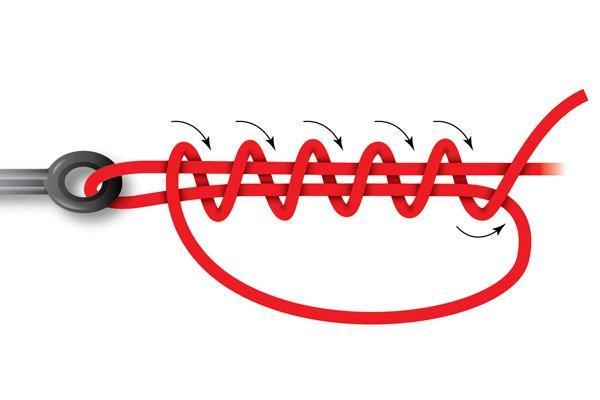
4. Double Uni Knot
The Double Uni knot is another strong knot that works well with fluorocarbon. It is perfect for tying two lines together, such as a fluorocarbon leader to a braided mainline.
To tie a Double Uni knot, follow these steps:
1: Overlap the ends of the two lines you want to join.
2: Tie a simple overhand knot with both lines, creating a loop.
3: Pass the tag ends of each line through the opposite side of the loop.
4: Wet the knot and pull the standing lines away from each other to tighten the knot.
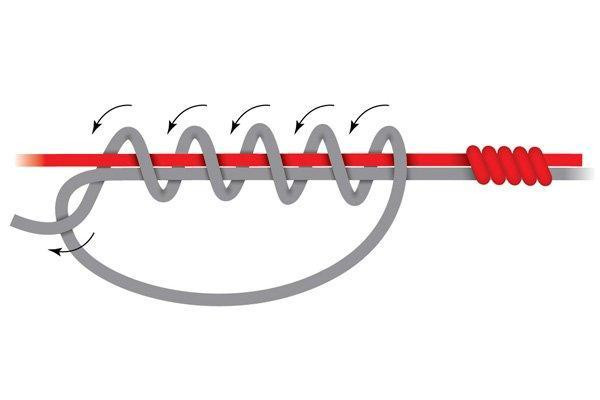
5. Blood Knot
The Blood knot is a strong knot that is ideal for tying two pieces of fluorocarbon together. It is perfect for creating leaders or extending the length of your fluorocarbon fishing line.
To tie a Blood knot, follow these steps:
1: Overlap the ends of the two fluorocarbon lines you want to join.
2: Take one line and wrap it around the other line five or six times.
3: Bring the tag end of the first line back through the loop created by the wraps.
4: Repeat the same process with the other line, wrapping it around the first line and bringing the tag end through the loop.
5: Moisten the knot and pull the standing lines away from each other to tighten the knot.
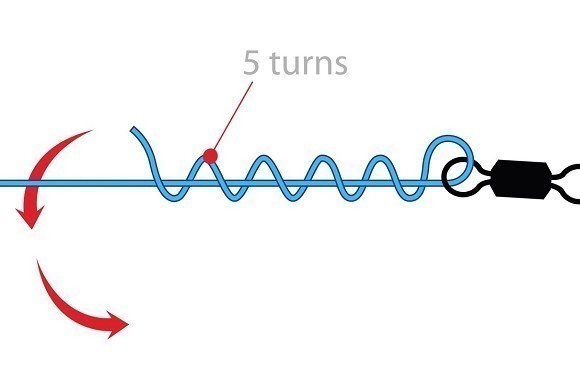
Conclusion
FAQ's
1: What is the strongest knot for fluorocarbon?
The Palomar knot is the strongest knot for fluorocarbon fishing line.
2: Can you use a regular knot with fluorocarbon?
It is not recommended to use regular knots with fluorocarbon fishing line, as it can weaken the line and cause it to break.
3: What is the best knot for joining fluorocarbon and braided line?
The Double Uni knot is the best knot for joining fluorocarbon and braided line.
4: Can you tie fluorocarbon directly to a lure?
Yes, you can tie fluorocarbon directly to a lure using any of the knots mentioned in this article.
5: Why is fluorocarbon fishing line so popular?
Fluorocarbon fishing line is popular among anglers because of its high level of invisibility and sensitivity underwater, as well as its resistance to UV rays, abrasion, and chemicals.

